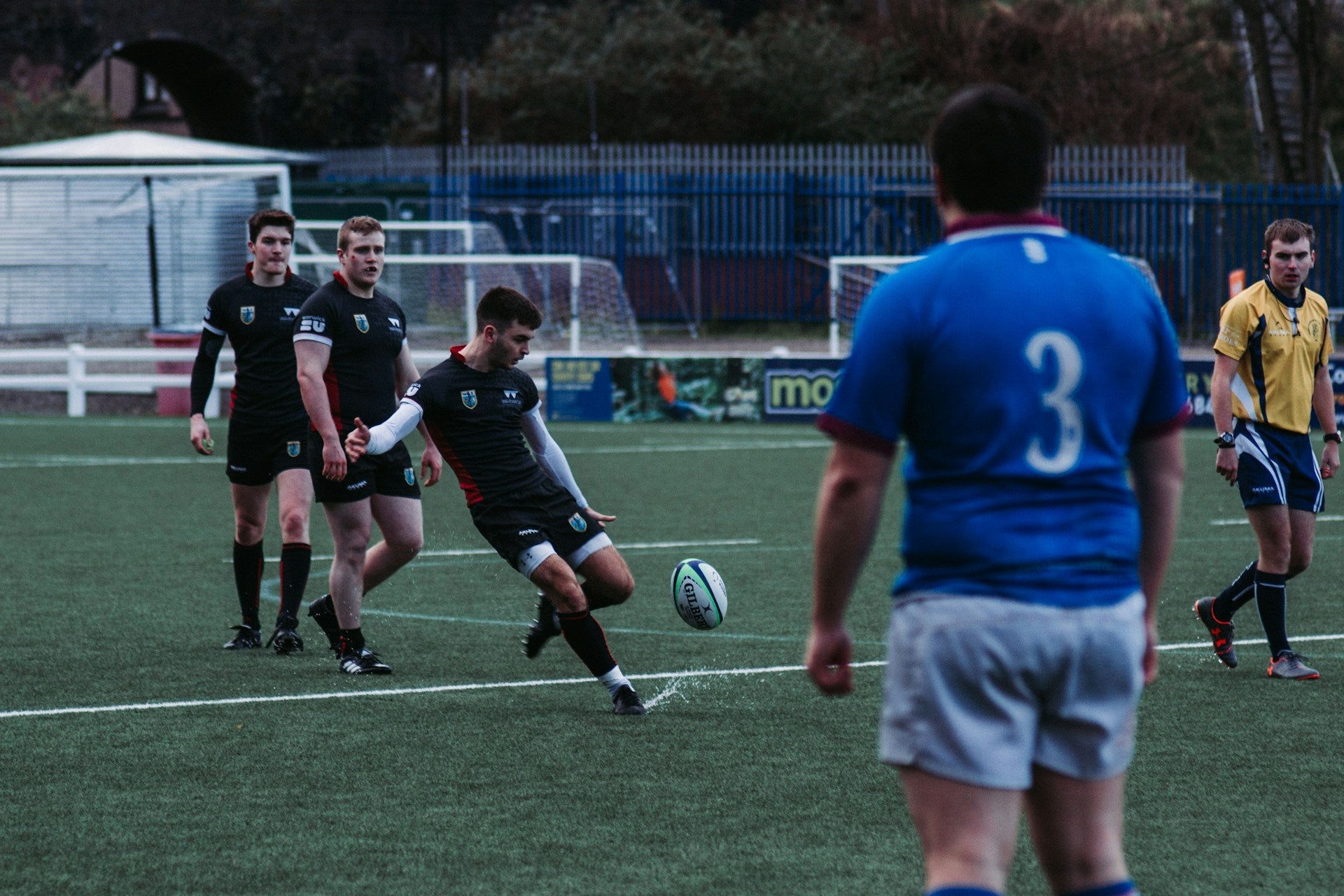Unlocking Peak Performance: How Cold Temperatures Affect Athletic Output
For athletes training in cold environments, understanding how temperature impacts athletic performance is crucial. It's not just about braving the chill — cold muscles experience significant physiological changes that can drastically affect your game and elevate the risk of injury.
The Physiology of Cold Muscles
When temperatures drop, so does muscle temperature, leading to a cascade of effects on athletic performance. Research has shown that muscle temperature is directly linked to power output, reaction time, and efficiency. As your muscles cool, the activity of enzymes slows, resulting in slower muscle contractions and reduced explosive power.
Additionally, the nerve conduction velocity decreases in colder conditions, meaning signals from your brain take longer to reach your muscles. This can negatively impact coordination and agility, crucial elements for any athlete striving for excellence.
Energy Drain and Fatigue
Cold muscles require more energy to perform the same movements that warmed muscles do with ease. This energy drain leads to earlier onset of fatigue, making it difficult to sustain performance levels. Studies indicate that muscle temperatures below 32°C (89.6°F) can reduce power output by up to 25%. Maintaining optimal muscle temperature is key to peak performance.
Protecting Your Extremities
When considering the effects of cold, protecting your extremities is vital, as they are most susceptible to temperature drops. Your feet, far from your core, can suffer significant performance decreases if not properly insulated. Cold feet impact proprioception, or your body's position awareness, and balance, both critical for athletic success.
Ensure Warmth Through Proper Preparation
To maintain optimal muscle function despite the chill, focus on these essential strategies:
- Proper Warm-Up Routines: Elevate your muscle temperature before training or competing. This will prepare your body for high-intensity activities, reducing the risk of injury.
- Strategic Layering: Dress in layers to retain heat and manage moisture, ensuring your muscles remain warm without overheating.
- Extremity Protection: Use appropriate gear to keep your feet and hands warm and maintain circulation.
- Continuous Movement: During breaks in activity, keep moving to generate and retain body heat.
Training Smarter in Cold Conditions
Comprehending these physiological responses helps athletes make informed decisions about their cold-weather training and competition strategies. For those engaged in high-performance sports, implementing these insights can lead to better outcomes and reduced injury risks.
Operating in colder climates might seem daunting, but with careful planning and consideration, it's possible to maintain top-level performance. Athletes should ensure they have well-fitted and protective gear, like grip socks, to enhance performance and comfort. While it's important to keep your own health strategy in mind, exploring options like football grip socks can make a tangible difference.
Conclusion
Mastering cold-weather training and competition involves more than just mental toughness; it's about understanding the science behind how your body responds to the cold. With the right approach, you can ensure your performance remains at its peak even under chilly conditions. Share your experiences and tips in the comments below or spread the knowledge by sharing this article with fellow athletes. For customization options or to learn more, visit custom socks uk today.









